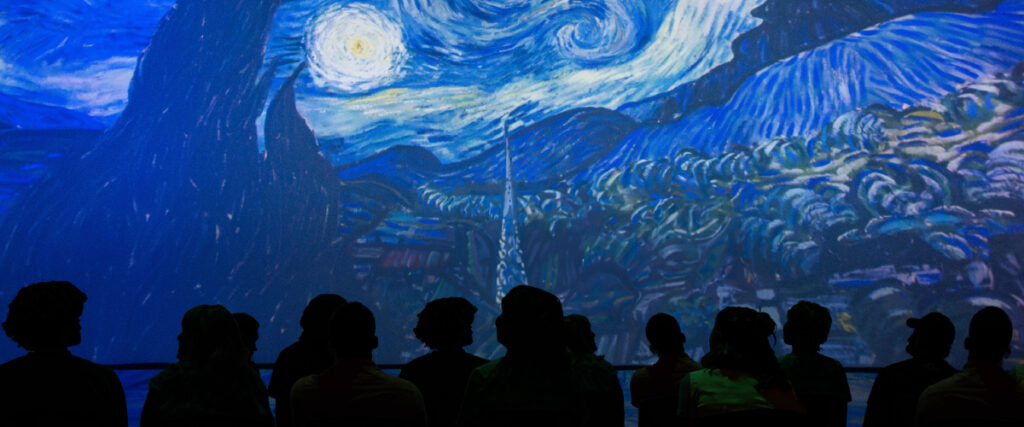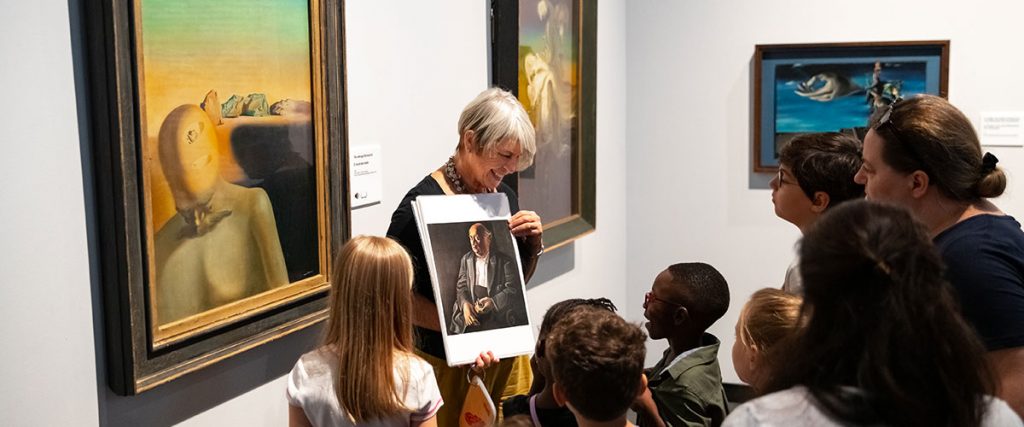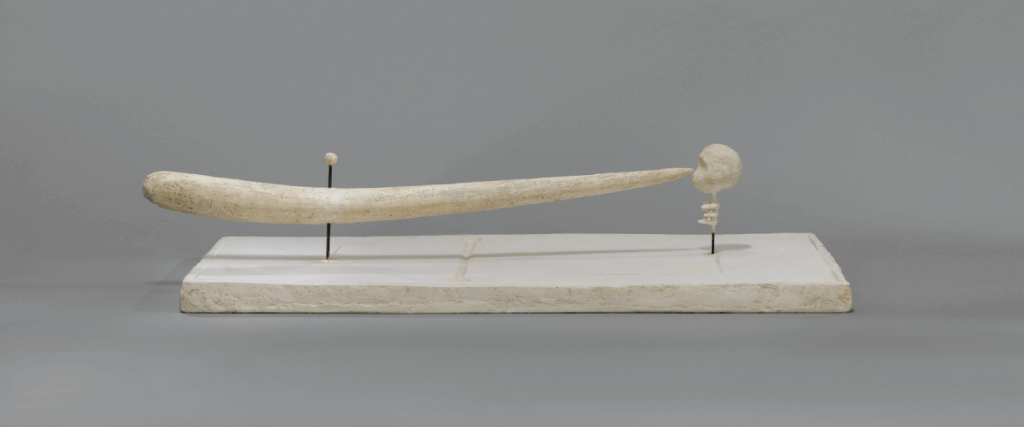
Lecture: Using Illusions and Art to Understand the Visual Brain – SOLD OUT
- This event has passed.
May 19 @ 3:00pm – 4:00pm
This event is sold out.
Everybody loves illusions. At times, it seems the internet is full of them—shoes, dresses, straight lines that appear bent. This fascination has a long history, but illusions aren’t just for fun—they also reveal how vision works.
In this lecture, Patrick Cavanagh, senior research fellow at Glendon College of York University, will explore how the brain constructs what we see—often in unexpected ways—including one of the most compelling forms of visual illusion: art, where impressions of depth and light arise from nothing more than pigment on a flat surface.
We will also explore the clever shortcuts painters use and techniques that break the rules of physics yet often go unnoticed. Guests will discover how art and illusions can be used to do “science by looking,” unlocking many of the brain’s basic visual processes.
About the VSS Public Lecture
The annual public lecture represents the mission and commitment of the Vision Sciences Society to promote progress in understanding vision and its relation to cognition, action and the brain. As scientists, we are obliged to communicate the results of our work not only to our professional colleagues but also to the broader public. This lecture is part of our effort to give back to the community that supports us.
Location: The Dalí Museum’s Will Raymund Theater
This event is free with limited capacity. An event ticket is required for entry.
Gallery access is not included.

Patrick Cavanagh is a Senior Research Fellow at Glendon College of York University in Toronto. He received a B. Eng. from McGill University and a PhD from Carnegie-Mellon University. He has been a professor at the Université de Montréal, Harvard University, the Université Paris Cité and Dartmouth College. He is a leading scholar on vision research where he has pioneered new directions in the study of attention and the position sense – how we know where things are. He has also explored how artists’ techniques offer insight into how the brain works. He has published over 300 articles and book chapters and a book on shadows. He holds an honorary doctorate from the Université de Montréal and is a Fellow of the Royal Society of Canada.


